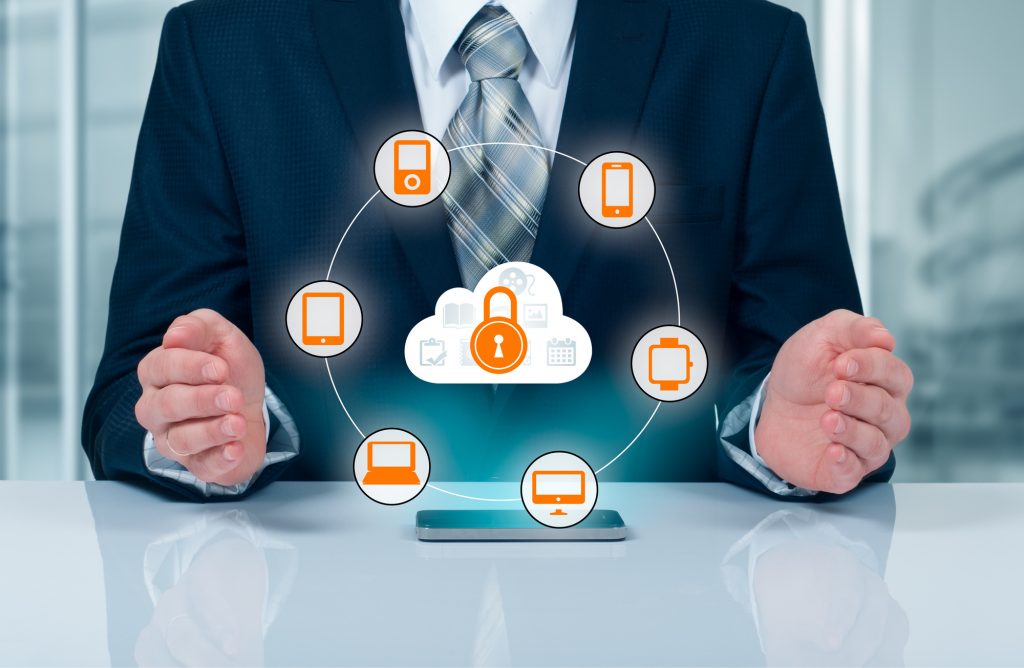What Is Information Security? Everything You Need to Know
The internet is a scary place these days. It seems like we hear about a new data breach every few months. This trend has caused everyone to start taking internet security seriously.
Reports show that hackers attempt to breach a network every 39 seconds. You can’t let your guard down if you want to stay safe.
The question is, what is information security, and how can you use it to protect your computers? Keep reading to learn the answers to your questions.
What Is Information Security?
We live in a world where almost everything is connected to the internet. While this does bring a lot of benefits, it also opens everyone up to danger.
Cyberattacks will continue to rise as the world continues to become more connected. The good news is that there are ways to protect our devices from attack. That’s what information security is.
Information security is the process of identifying threats to our networks and putting measures in place to protect things. Once you have your risks identified, you then develop a response plan to deal with any cyberattacks that get through.
How Do You Improve Information Security?
Knowing that you need to protect your information isn’t enough. If you don’t have the know-how to put protection systems in place, you’re going to put your devices at risk. Below are seven simple steps you can take to improve your security dramatically.
1. Invest in a Firewall
You need to have insight into what happens on your network if you want to protect yourself. A firewall will examine what happens on your network.
A firewall is a network protection device that will stay on the lookout for malicious activity. It examines all the network traffic that happens on your internet connection. If it finds anything suspicious going in or out of your network, it will block the network traffic before it has a chance to cause problems.
2. Create a Public and Private WiFi Network
It’s hard enough to protect your network on your own devices. If you have people coming in that use devices that you can’t control, you’re opening yourself up to trouble.
You can mitigate this by creating a WiFi network for your guests. If one of them brings a problem device to your network, the chances are the damages will be limited to anything on that network at the time.
3. Install Malware Protection on Your Devices
External threats aren’t the only thing you need to protect your computer network from. You also need to protect your devices from malicious websites and emails.
Malware protection services will scan all files that people download to your computers. If it finds something that looks like malware, it will be quarantined so that it can’t cause damage. You’ll be able to look through your quarantined files to see if the file is a threat.
Of course, no protection is good enough if you don’t get regular updates. You’ll need to keep your software updated if you want to stay protected against the newest attacks.
4. Backup Your Data
Information is vital in today’s world. You need the correct information if you’re going to make the best decisions. Unfortunately, this puts you at risk if you don’t protect yourself from data loss.
You can solve this problem by investing in a cloud backup solution. These services allow you to create backups of your files on a schedule. Once you make your file backups, all you need to do is click a few buttons to restore your data.
You also need the right schedule when you do this. If you only create backups of your files once per month and make file changes every day, your backups aren’t going to be worth much.
5. Implement Access Control Systems
The chances are that not everyone needs access to every program and file. If you have a system where everybody can see everything, you’re out of luck if even one person is compromised.
Access control systems will limit who can see what. These systems will make it so one compromised individual won’t expose all the information on a network.
This also applies when you have people connecting to your network from outside. With people using remote access to see information, you need those connections to be secure. Make sure that you have a VPN setup to secure the connection to your network.
6. Use Two-Factor Authentication for Everything
You should know by now that you need to have a password policy in place. A good password policy will make sure that nobody uses passwords that are easy to guess. This policy makes it harder for hackers to use brute force and phishing techniques to guess passwords.
Unfortunately, this isn’t enough to stop passwords from being exposed. Hackers can still obtain passwords with data breaches from other companies, keyloggers, and other hacking techniques.
Two-factor authentication protects you in these situations. This system requires you to have another code that’s provided by email, text, or authenticator application. Even if someone compromises your password, they won’t be able to log in without the other code.
7. Invest in Education
The best security protection won’t help if you have people who don’t know how to use it. Unfortunately, user error is one of the primary reasons that hackers gain access to things they shouldn’t see.
The only way to fix this is with education. You need to invest in training material that teaches people the things they can and can’t do on the internet.
Your training should educate people on how to spot malicious emails, ways to avoid phishing attacks, and why it’s dangerous to plug in unknown devices on their computers.
Invest in Cybersecurity Today
By now, you should be able to answer the question, what is information security? You can’t take too many precautions when it comes to the security of your business. Take action today, so you don’t suffer from a cyberattack in the future.
If you want to learn more about internet security, keep reading our blog. Our latest posts will tell you everything you need to know.


